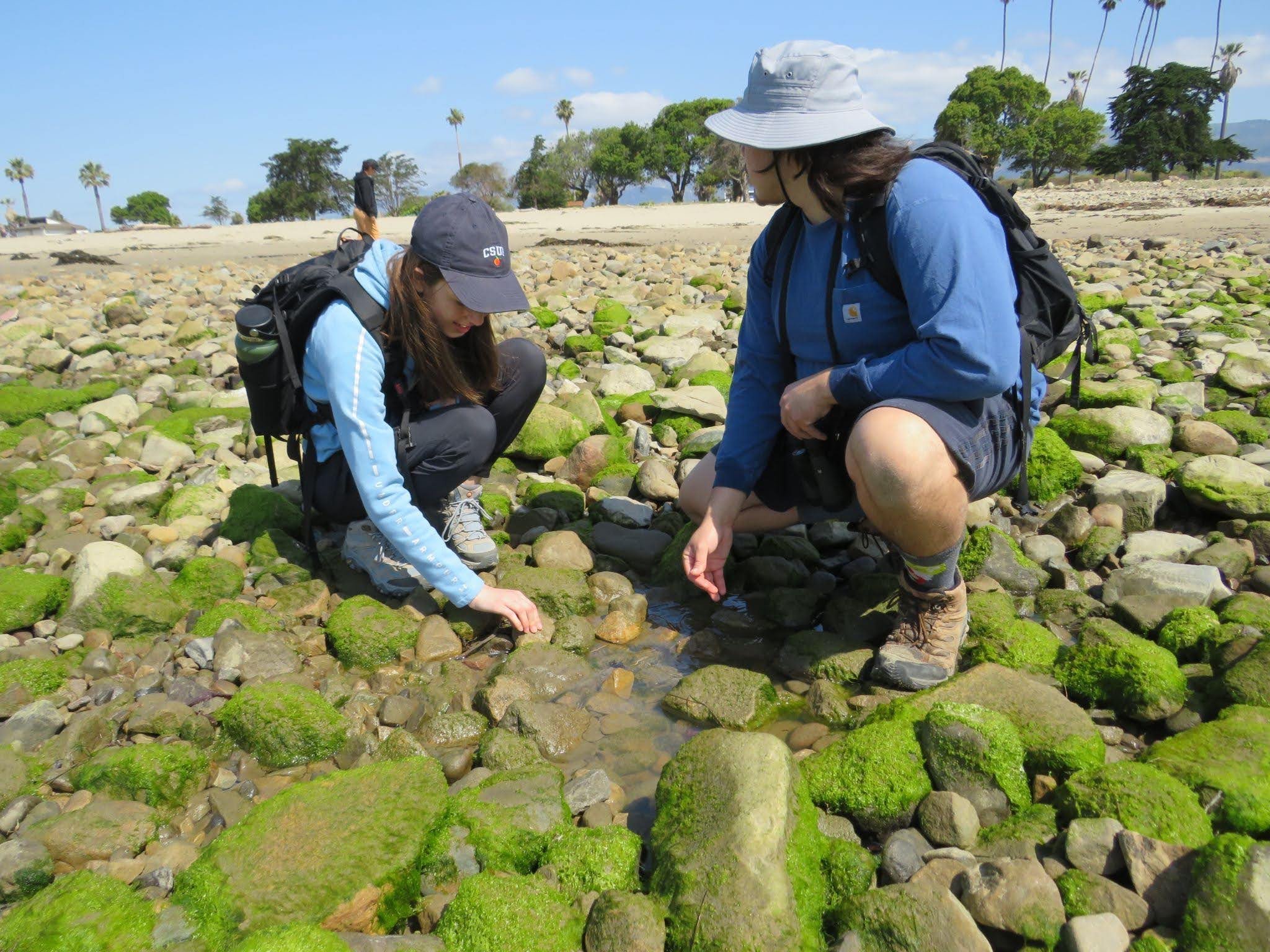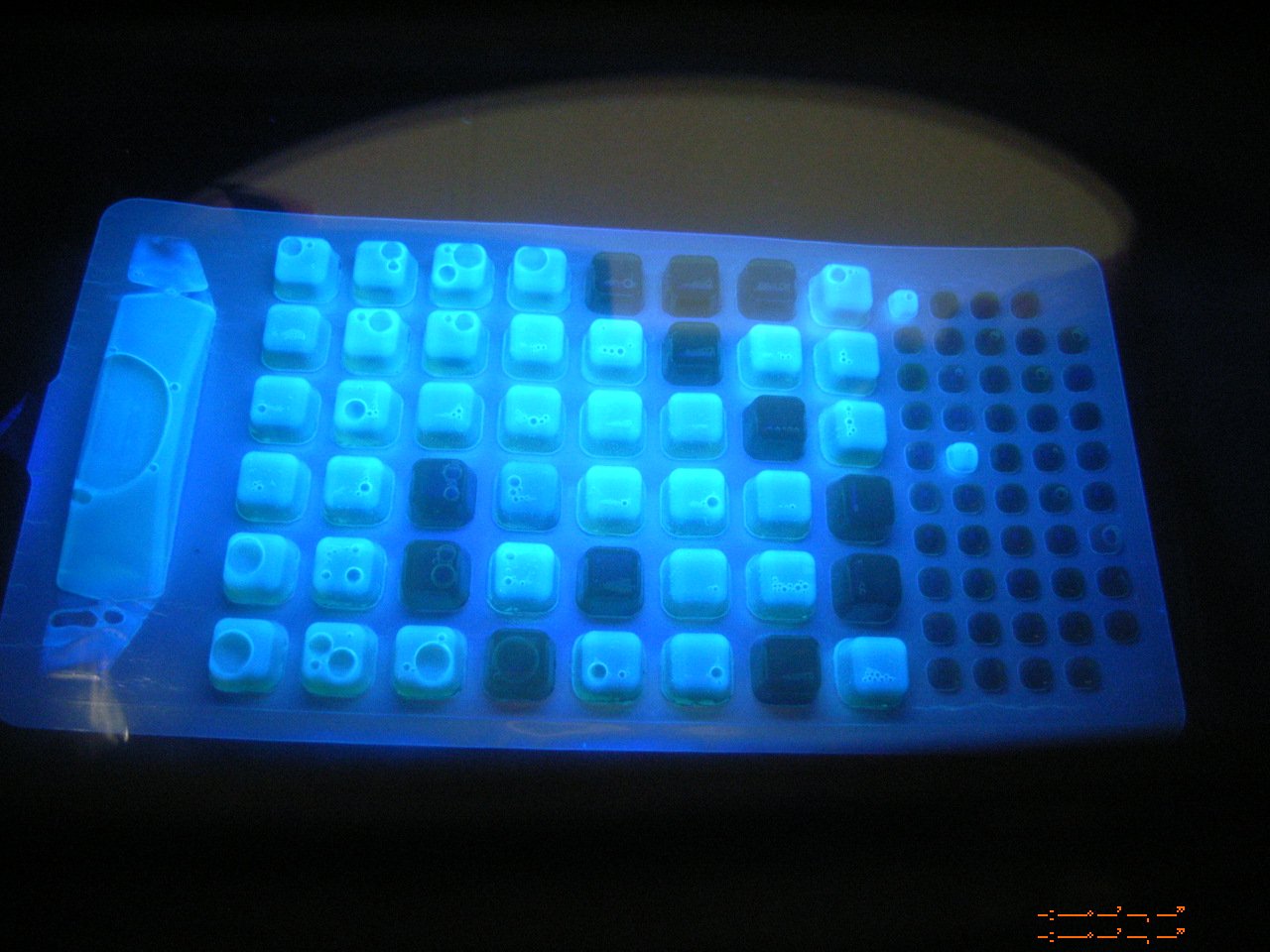
Watershed Monitoring and Scientific Research Program
Ventura Coastkeeper’s Watershed Monitoring Team is composed of staff, interns and volunteers dedicated to protecting Ventura County’s water bodies, enjoying nature, serving the public as watershed caretakers, and learning about water quality monitoring.
Wishtoyo and its Ventura Coastkeeper Program conduct ecological and threat assessments throughout the Santa Clara River (Utom) watershed and the Ormond Lagoon subwatershed. Our stream team collects water quality data and conducts ecological assessments at more than 50 locations throughout the Utom watershed. Wishtoyo conducts surveys for aquatic invasive species, steelhead and rainbow trout, migratory birds, and sensitive amphibian populations.
Ventura Coastkeeper keeps track of what’s happening in our ancestral waterways by reviewing discharge monitoring reports to determine compliance with Clean Water Act water quality standards and by visually inspecting waterways for illegal fills. Our staff and interns monitor in accordance with Ventura Coastkeeper’s Water Monitoring Quality Assurance Project Plan (QAPP) that is certified and approved by the Los Angeles Regional Water Quality Control Board.
At the heart of our monitoring efforts is our Watershed Monitoring Team, comprised of our in-house watershed scientist and college interns studying ecology and conservation. Our team regularly goes out into the field to record research-grade water quality data and analyzes water samples in our lab at California State University Channel Islands (CSUCI). Over the past 3 years, our program has made a significant effort to collect data on Southern California steelhead habitat, fish passage barriers, and assessments of threats to their populations in the Utom watershed. Most recently, Wishtoyo has partnered with UCLA’s Ecology and Evolutionary Biology program to conduct watershed-wide research on aquatic invasive species and a habitat assessment for the federally endangered Arroyo Toad.
Most recently, Wishtoyo has partnered with UCLA’s Ecology and Evolutionary Biology program to conduct watershed-wide research on aquatic invasive species and a habitat assessment for the federally endangered Arroyo Toad.
Meet our new watershed monitoring interns: Aariana Saunders and Marisa Denninger!
Wishtoyo recently hired two new interns into our paid internship program for the Watershed Monitoring program.
Wishtoyo’s stream team pictured after monitoring O. mykiss habitat in Santa Paula Creek. From left to right: Aariana Saunders (intern), Marisa Denninger (intern), and Natalia Cuellar (Wishtoyo’s Science and Education Program Specialist)
Chumash Eyes on the Water
Our data collection efforts evaluated many components that contribute to the health of our ancestral waterways including high-quality bacteria (total coliform, E. coli), nitrate, phosphate, dissolved oxygen, water temperature, flow, turbidity, trash, conductivity, and pH.
With over 50 river, estuary, wetland, storm channel, and coastal monitoring sites in the Utom (Santa Clara River) watershed, our efforts have yielded actionable data on water quality, hydrological, wildlife, and sensitive species habitats in the Santa Clara River, Ormond Beach, and Ventura’s Coastal Watersheds. This provides the basis to our recommendations for fishing, swimming, and wildlife remediation plans.
We also use this valuable data to hold polluters accountable and bring them into compliance with state and federal regulations, support our legal and advocacy efforts to improve water quality, as well as work with land owners to stop water pollution at its source.

Wishtoyo’s watershed monitoring program is the only watershed-wide program for Santa Clara River (Utom), the largest river watershed in Southern California.
Clean Water Act: Impaired Waterbody Listings
In 2009, our watershed monitoring efforts and advocacy before the State Water Board resulted in the first ever Clean Water Act 303 (d) Impaired Waterbody listings for trash in California! As a direct result of the data collected through Ventura Coastkeeper and the reporting of our findings to the state, 8 sections of Calleguas Creek were designated as impaired due to trash pollution. Municipalities, business, and agricultural operations now have to take mandatory steps to protect Calleguas Creek, Mugu Lagoon, and the Pacific Ocean from debris.
Through our program, we have collected new data and submitted it to the State Water Resources Control Board (SWRCB). This has prompted designations of 29 new Clean Water Act 303(d) impaired waterbody listings in areas of the Santa Clara River, Ormond Beach, Bubbling Springs, Nicholas Canyon, and various Ventura County coastal watersheds. These listings recognize how the present levels of trash, water flows, fish barriers, nitrate, phosphate, dissolved oxygen, E. coli, and pH are impairments to our critical waterways.
If adopted by the State Water Board, as expected, the listings will mandate that California adopt Total Maximum Daily Loads (TMDLs) designed to address and reduce the sources of pollution from the municipal, industrial, and agricultural sources that are causing these impairments.
California State University Channel Islands (CSUCI) Partnership
Wishtoyo’s partnership with Cal State Channel Islands enriches education and scientific research efforts, and also provides college students with enhanced hands-on professional experiences. This special, reciprocal relationship provides Wishtoyo and VCK with an on-campus laboratory space that has increased the capacity to monitor and protect our ancestral water bodies, and also allowed us to have a greater impact with student outreach.
We have had 4 interns from CSU Channel Islands take part in our watershed monitoring program since 2019 and just hired a new intern, Marisa Denninger, from CSU Channel Islands. These CSU Channel Islands Students assist with collecting weekly water quality and ecological research data. These interns also play a role in Wishtoyo’s environmental justice advocacy campaigns and volunteer efforts.























